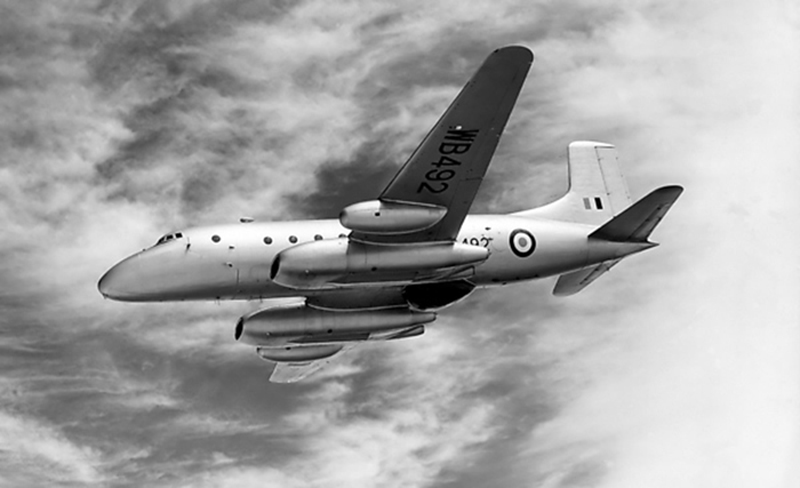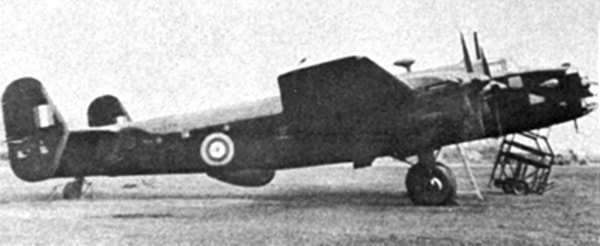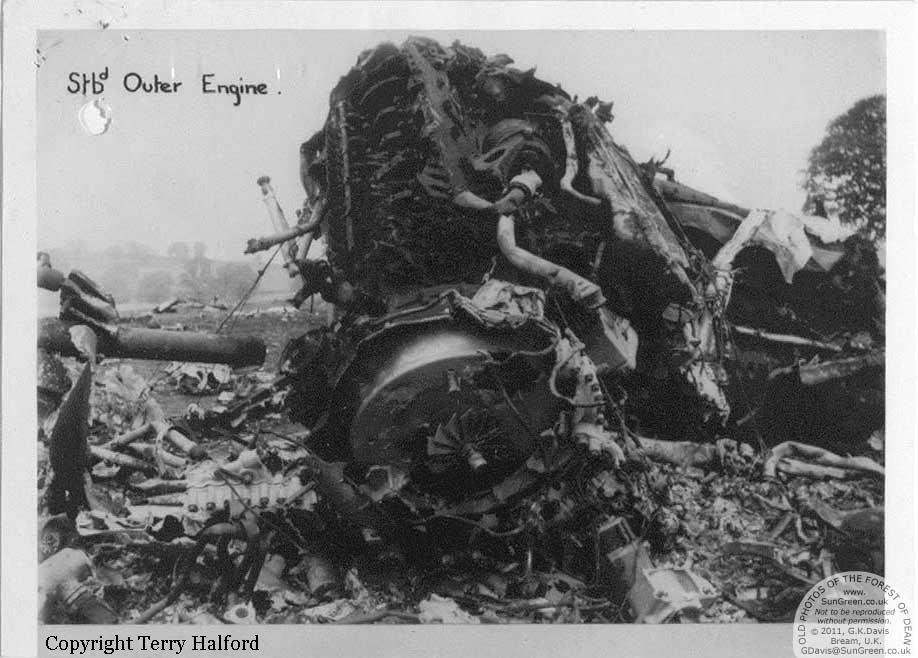Ground accident of an Avro 706 Ashton Mk.3 at RAF Defford
Date & Time:
Aug 4, 1955
Registration:
WB492
Survivors:
Yes
Schedule:
Defford - Defford
Crew on board:
5
Crew fatalities:
Pax on board:
0
Pax fatalities:
Other fatalities:
Total fatalities:
0
Circumstances:
The crew was engaged in a test flight on behalf of the Telecommunications Research Establishment (TRE). While taxiing, a fire broke out in a wheel well. The pilot was able to stop the airplane and all five occupants escaped without any injuries. The airplane was considered as damaged beyond repair and later transferred to Farnborough for structural test.
Probable cause:
Wheel fire during taxiing.



